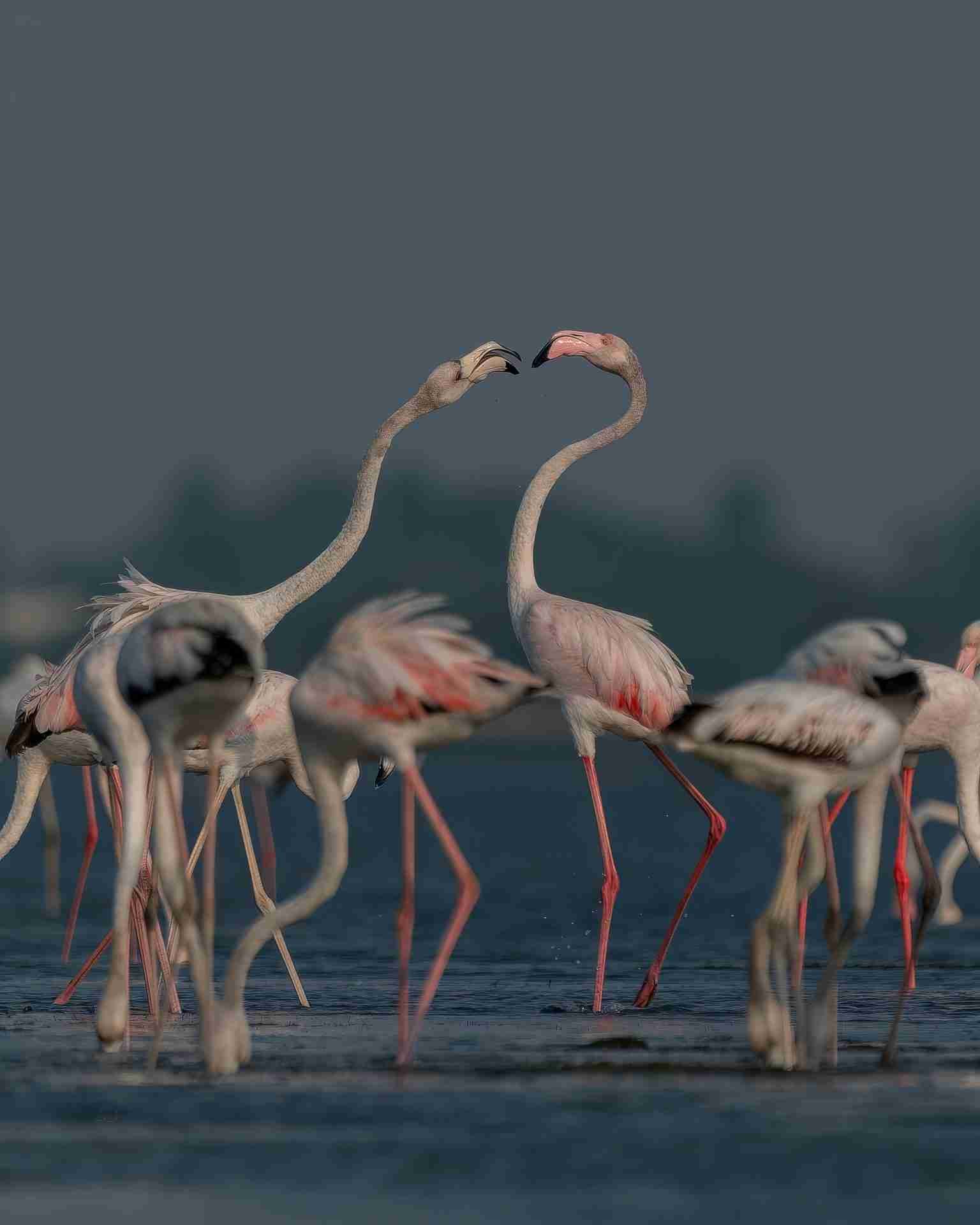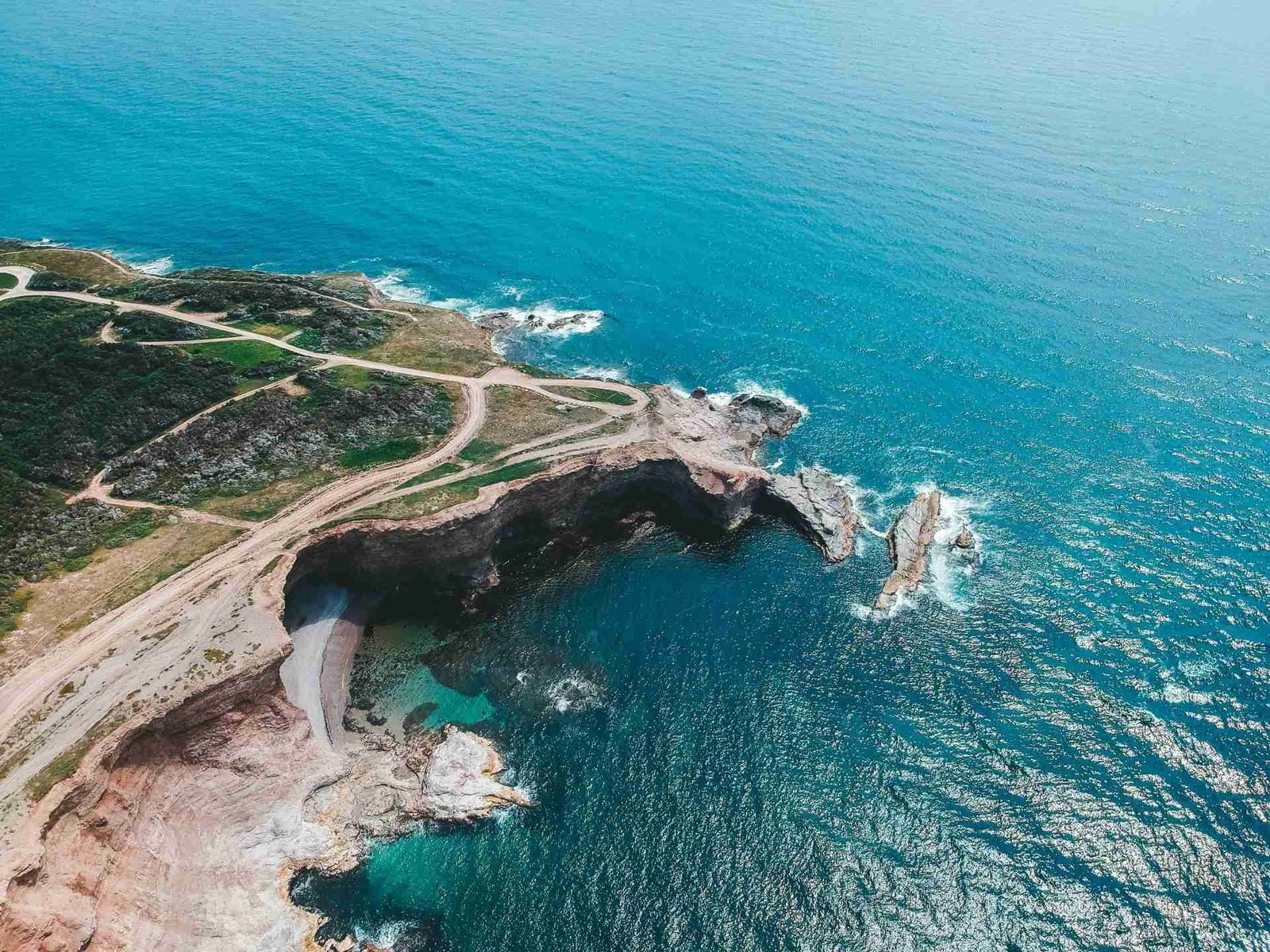The Forgotten Villages of Cyprus: A Journey Through Time and Tradition
While Cyprus is known for its sparkling beaches and lively towns, its hidden villages tell a different story. These “forgotten” villages, tucked away in the mountains and countryside, are frozen in time, preserving Cyprus’s rich traditions and local culture. For those looking to see Cyprus beyond the beaches, these villages offer an authentic, peaceful experience. Here’s a look at some of the most charming, history-filled villages in Cyprus – each one a step back in time.
Why Visit the Forgotten Villages?
The forgotten villages of Cyprus are more than just scenic spots. Each village offers a unique window into Cyprus’s heritage and its people. Exploring these villages, you can find ancient stone houses, winding paths, and local crafts. You’ll also find a sense of peace here that’s rare in today’s busy world. So, if you’re seeking an authentic experience, Cyprus’s forgotten villages are well worth the journey.
1. Fikardou Village – A Glimpse into the Past
Fikardou Village, hidden in the Troodos Mountains, is a UNESCO World Heritage Site and a must-see for history lovers. The village is small, but its charm is immense. Its stone houses date back to the 18th century, and some even have original wood-carved doors and antique pottery inside. As you walk through Fikardou’s narrow streets, you’ll feel like you’ve entered a living museum. The village itself seems unchanged by time, making it a perfect spot for those who appreciate history and architecture.
2. Kalopanayiotis Village – Wellness and Heritage in the Mountains
Kalopanayiotis is famous for its hot springs, but there’s much more to this mountain village. Here, you’ll find traditional stone bridges, ancient chapels, and beautiful views of the Setrachos River. The highlight is the 11th-century Saint John Lampadistis Monastery, where you can see stunning frescoes and historic relics. Kalopanayiotis is perfect for visitors who want to experience the calm of nature while exploring a village with deep spiritual roots. It’s a place that invites reflection and relaxation, making it a favorite for those seeking a quiet retreat.
3. Kato Drys – A Village of Crafts, Wine, and Tradition
Kato Drys is nestled in the Larnaca district and is known for its traditional crafts and winemaking. As you explore, you’ll see whitewashed stone houses, narrow lanes, and blossoming flowers everywhere. Kato Drys has museums dedicated to traditional Cypriot life, where you can see weaving, lace-making, and pottery. Many locals still use age-old techniques, so visitors can see Cyprus’s crafts in action. It’s a wonderful place to appreciate the art of handcrafted work and the charm of rural life.
4. Vouni Village – Cyprus’s Wine Heritage at its Best
Vouni Village is set in the heart of Cyprus’s wine region, Limassol, making it a paradise for wine lovers. Vineyards stretch across the landscape, and you can sample local wines in small, family-run wineries. As you walk the winding streets, you’ll see traditional stone houses and views of the valley below. The scent of grapes and the slow pace of village life create a peaceful atmosphere that feels far removed from the modern world. Vouni is ideal for visitors who want to experience the wine culture of Cyprus.
5. Lefkara – Lace, Silver, and Legendary Artisans
Lefkara is famous worldwide for its lacework and silver craftsmanship. Known as “Lefkaritika,” the lace is still made by hand, often by artisans who have passed down the craft through generations. Legend says that even Leonardo da Vinci bought lace here! Wandering through Lefkara’s lanes, you’ll find stone houses with red-tile roofs, bright flowers, and shops showcasing handcrafted lace and silver. Lefkara combines art, history, and culture, making it a lively yet historic destination.
Experience Cyprus’s Forgotten Villages to the Fullest
Visiting these villages is more than just sightseeing; it’s an immersive experience that connects you with the soul of Cyprus. Here are some tips to make the most of your visit:
- Start Early for a Quiet Experience: These villages are usually peaceful, but starting early allows you to enjoy the surroundings without any disruptions.
- Support Local Artisans: If you visit a village known for crafts, consider buying a locally-made item. These handmade pieces are not only beautiful but also support the village’s economy and heritage.
- Take Photos Mindfully: Capture the charm of these villages, but remember that many of these spots are part of everyday life for locals.
- Explore Beyond the Main Path: Each village has its hidden corners. Wander beyond the main streets to find old wells, quiet alleys, or locals who are eager to share stories about their homes.
Discover the Cyprus You’ve Never Seen
The forgotten villages of Cyprus are a bridge between the past and the present. Each village has its own unique story and traditions, preserved through its people, architecture, and crafts. Visiting these villages brings a sense of discovery, peace, and connection. Whether you’re a traveler or a local, taking a journey through these villages lets you see Cyprus in a new, meaningful way.









